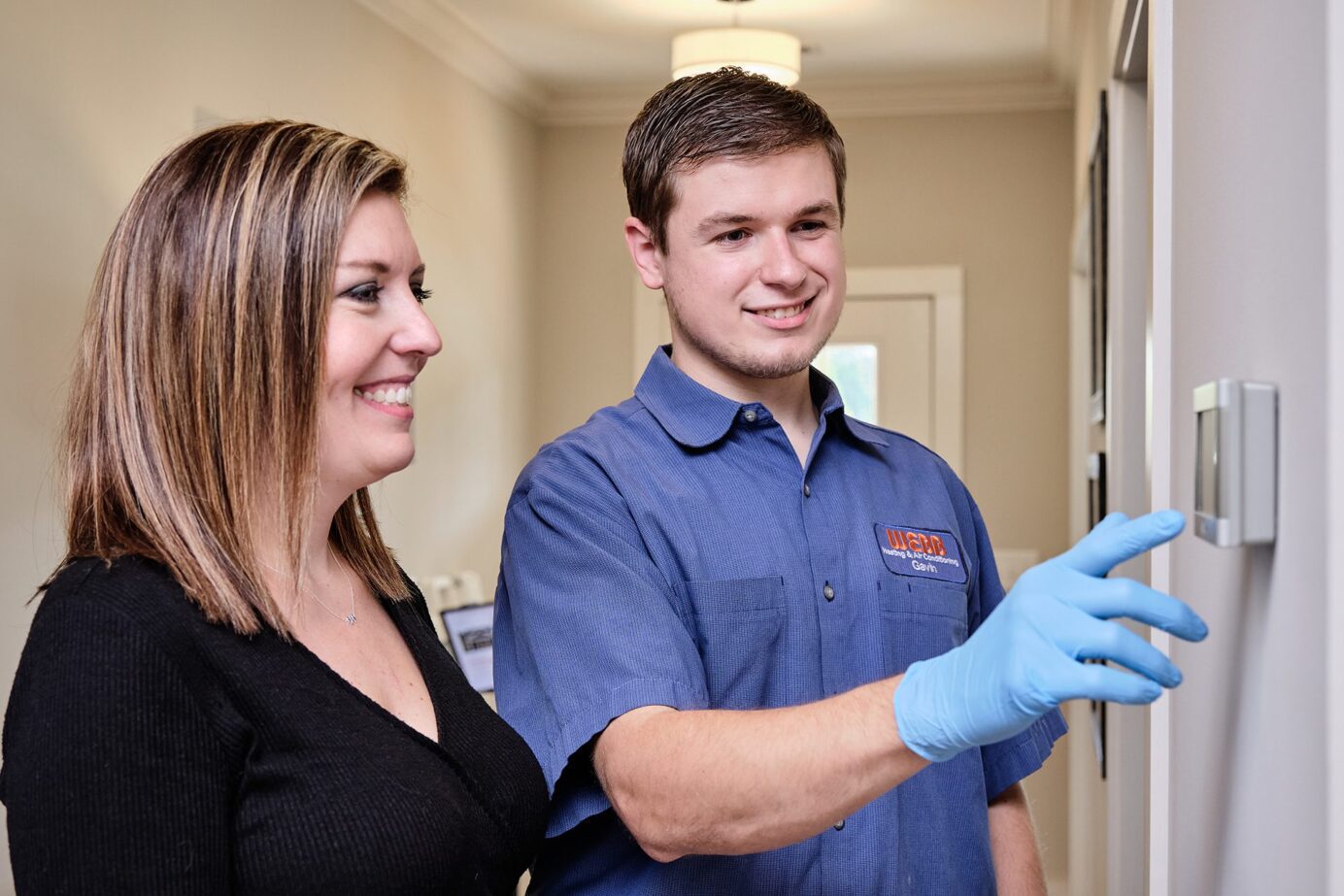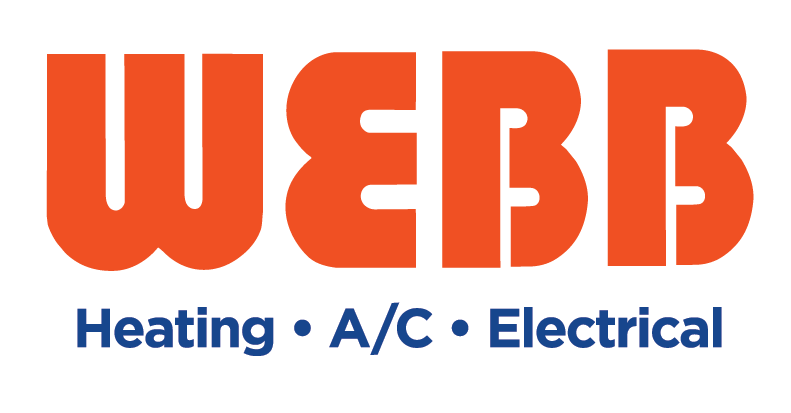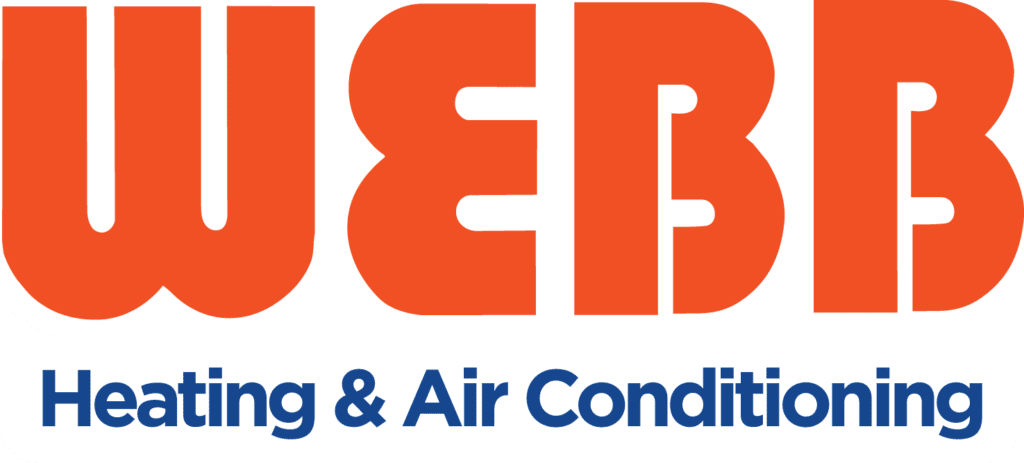Signs & Symptoms of a Bad Thermostat

Your thermostat might be the smallest part of your HVAC system, but when it starts to malfunction, you’ll feel it. For homeowners in Greensboro, Advance, and across the Piedmont Triad, identifying the signs of a bad thermostat early can prevent discomfort, wasted energy, and unexpected repairs.
Here’s what to look for, and what to do next.
The Role of Thermostats in Home Comfort
Your thermostat doesn’t just read the room. It runs the show. When it’s functioning properly, it monitors the temperature in your home, compares it to your setting, and tells your HVAC system when to kick on or off.
But when it starts misfiring, the entire system struggles. In places like College Hill or Irving Park, where older wiring and legacy HVAC systems are common, we’ve seen minor thermostat issues result in uneven heating, overworked equipment, or flat-out system failure.
How Long Should a Thermostat Last?
Most thermostats last around 10 years. But lifespan can vary:
- Manual thermostats may run longer, but drift in accuracy over time.
- Programmable models offer more control but are prone to wear with regular adjustments.
- Smart thermostats often need earlier replacement due to tech upgrades or discontinued support.
If your model is over a decade old or not keeping up with your comfort needs, it might be time to consider a thermostat upgrade.
Why a Failing Thermostat Matters
A bad thermostat can quietly disrupt your system long before it stops working altogether. You might notice the living room is freezing while the bedroom stays warm, or the system kicks on at odd hours. These inconsistencies aren’t just annoying. They can cost you.
We’ve seen homeowners across the Triad face:
- Wasted energy from systems running more than necessary
- Uneven comfort in rooms across the house
- Short cycling, which strains compressors and fans
- Higher energy bills without a change in usage
It doesn’t always take a full system failure to signal something’s wrong. Subtle thermostat issues can cause ripple effects throughout your home.
The Importance of Detecting Thermostat Issues Early
Bad thermostat symptoms usually start small: a slightly off temperature, a slow-to-respond display, a few unexpected starts and stops. But those signs build quickly.
Catching problems early can help you:
- Avoid excessive wear on your HVAC equipment
- Stop energy waste before it shows up on your bill
- Prevent emergency service calls during peak seasons
We serve homeowners throughout Greensboro and Advance with fast, accurate diagnostics. Our HVAC repair team can help determine if your thermostat is to blame, or if there’s a deeper issue in the system.
Top Signs of a Bad Thermostat: What to Look For
Think your thermostat might be on the fritz? These are the most common red flags we see in homes across the Piedmont Triad:
- Uneven temperatures from room to room, despite a stable setting
- Unresponsive controls, where you adjust the setting and nothing happens
- Short cycling, with the system turning on and off rapidly
- A blank or flickering display, often caused by power or internal failure
- Rising energy bills with no clear reason
- A unit older than 10 years, which may be losing calibration or reliability
If you’re experiencing more than one of these at once, it may be time to schedule HVAC repair service.
What to Do If You Suspect a Bad Thermostat
Once you’ve noticed signs that your thermostat might be acting up, it’s worth trying a few simple troubleshooting steps before calling for help. These homeowner-friendly checks can often resolve minor issues on the spot, or at least help you figure out whether it’s time to bring in a professional.
Basic Troubleshooting Steps for Homeowners
Before you call for service, there are a few simple checks you can safely try at home. These steps can help you spot minor issues, sometimes saving you the cost and hassle of a service visit.
If you’re comfortable, here’s what to do:
- Replace the batteries: Even if your display is still on, weak batteries can cause erratic thermostat behavior. Swap them for new ones and see if the issue resolves.
- Reset the thermostat: Use the reset function or power cycle the unit. This can clear up software glitches or temporary errors that cause unresponsiveness.
- Review your settings: Double-check that the thermostat isn’t set to “Hold,” “Vacation,” or an outdated schedule. These settings can override your usual temperature preferences and make it seem like your system isn’t responding.
- Clean the thermostat: Carefully remove the cover and clear away dust with a soft brush or compressed air. Dust buildup can block sensors and affect accuracy.
- Check the location: Make sure the thermostat isn’t exposed to direct sunlight, drafts, or heat from nearby appliances. Poor placement can cause false readings and uneven comfort.
If you’ve tried these steps and your thermostat is still acting up—or if you notice anything unusual like loose wires or a burning smell—stop and call a professional. Avoid opening the unit or attempting electrical repairs yourself, as this can be dangerous and may void your warranty.
When to Call a Professional to Fix Your Thermostat
If your thermostat continues to misbehave after you’ve tried basic troubleshooting, it’s best to bring in a technician. This is especially important if the thermostat display is unresponsive, the system won’t shut off, or you’re seeing frequent short cycling. These issues can overwork your HVAC system, reduce its lifespan, and lead to bigger repairs down the line.
Webb HVAC offers 24/7 repair service throughout the Triad, so you won’t be left waiting during a heatwave or cold snap.
What Affects Thermostat Replacement Cost?
Thermostat replacement is typically a quick and affordable fix, but cost depends on your home and system.
Factors that influence pricing:
- Type of thermostat: Smart models generally cost more upfront but can help reduce long-term energy usage.
- Age and wiring of your home: Older homes (such as those near the Greensboro Coliseum) may require wiring updates to accommodate modern thermostats.
- System compatibility: New thermostats need to work with your existing HVAC system, and some models may require additional setup or adapters.
- Related HVAC issues: If your system has underlying problems, these may need to be addressed at the same time as your thermostat replacement.
If you’re considering a thermostat upgrade as part of a larger HVAC project, financing options are available to help keep the process affordable. A professional can walk you through your choices so you can make the decision that best fits your needs and budget.
Choose Webb HVAC for Thermostat Service in the Triad
Thermostats may be small, but they can create big comfort problems. If your system isn’t behaving the way it should , or your thermostat is outdated or unresponsive , Webb HVAC can help.
We’ve served Greensboro, Advance, and the surrounding Triad region for decades with honest advice, expert repairs, and no upsells. Call or schedule your service online to get started.

